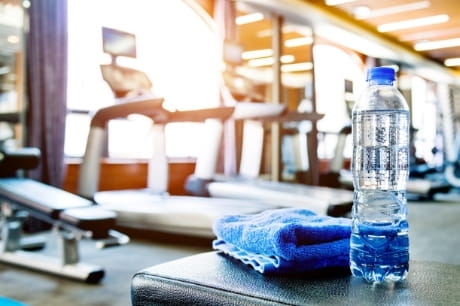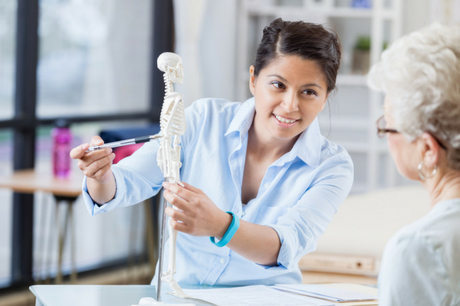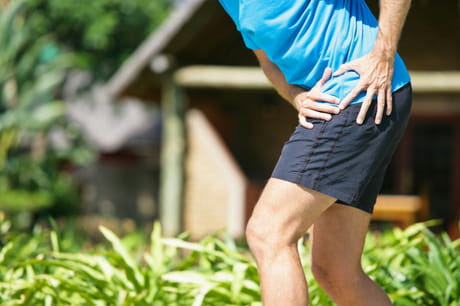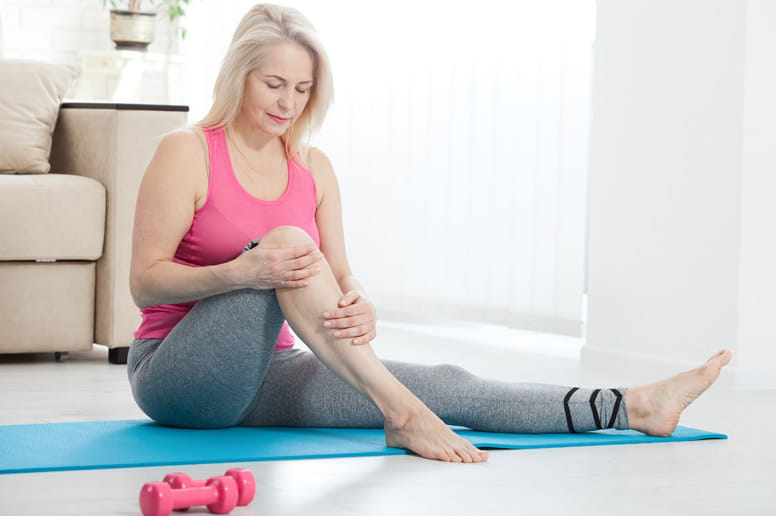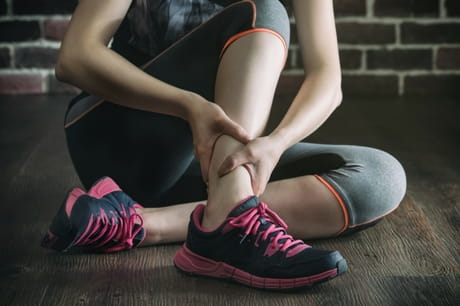Strong muscles mean strong bones and joints
Crush your next workout with five joint friendly exercises that you can do anywhere.
Bone health isn’t always something we think about when we go to the gym. Mostly, we’re thinking about shedding pounds and gaining muscle, but those two things contribute greatly to both joint and bone health.
“Your form and the types of exercises you do have both positive and negative impact on your bone and joint health,” says Ryan Roza, MD, primary care sports medicine specialist at Geisinger Orthopaedics and Sports Medicine.
With these tips and low impact exercises, your next gym session will be packed with bone-supportive workouts.
What bone strengthening exercises should I do?
When you’re looking to improve your joint strength, you want to think about the muscles around those joints. “If you want to strengthen your knees, look to strengthen your calves, hamstrings and quads,” says Dr. Roza.
You should practice strength training two to three times each week, with at least one rest day between each. If you have any muscle soreness, you may want to wait another day before strengthening that muscle group.
Rest days are just as important as active days, especially when you’re trying to strengthen your bones and joints. Too much pressure and stress can weaken them over time. These rest days give your muscles, bones, nerves and connective tissues time to rebuild.
“If you have osteoporosis, low impact exercise can help slow further bone loss and strengthen those muscles that support your joints,” says Dr. Roza. “It’s never too early to start thinking about this. The sooner you start exercising to support your bones and joints, the less likely you’ll be to experience a break from a fall later in life.”
What are the best exercises for joint pain?
You want to make sure you’re doing the right kinds of exercises. Start with bodyweight exercises and weight-bearing activities. Do these five bone-strengthening exercises at home or the gym, doing three sets of 10 and adding on as you get stronger:
- Squats – Stand with your feet slightly wider than your hips and squat so your thighs are parallel with the floor. Engage your glutes as you stand back up and always keep your knees in line with your feet.
- Calf raises – Standing with your feet together, or slightly apart for balance, rise up on your toes and hold for a moment before lowering. Use a chair or the wall for stability if needed.
- Glute bridges – Lying down with your knees bent, lift your hips towards the ceiling while engaging your glutes and core, then lower back down to the floor. Be mindful not to overextend your back—you want to create a flat line from your collarbones to your knees.
- Arm circles – With arms extended outward at your sides, draw a circle with your hands moving forward 10 times, then reverse and draw circles backwards 10 times.
- Bicep curls – Starting with light weights, engage your core and raise one arm at a time, bending at the elbow and keeping your arm close to your sides. Lower and repeat on the other arm—that’s one rep.
As you get stronger you can add and increase weights and try different variations, but always be sure to stop when you feel any strain or pain. If you feel persistent pain, call your doctor.
Can cardio relieve joint pain?
While you might think that cardio will only add to your pain, it won’t, when done correctly. Walking, cycling, swimming and the elliptical are great forms of cardio that will help you lose weight and even strengthen your muscles without putting too much pressure on your joints.
Start slow—when you begin to experience any pain, stop. “The goal is to build strength, but you don’t want to get hurt in the process,” says Dr. Roza.
Stretching is just as important, too. Being flexible enables free movement and support of your bones. If your muscles are too tight, your alignment and support are often affected. However, if you have osteoporosis, you’ll want to ask your doctor which stretches to avoid.
Be sure to talk to your doctor before starting any new exercise routine to be sure it’s right for you.
Next steps:
Find a sports medicine specialist
